Chemical Regulatory and Sustainability News
Fast-tracking biocidal products: BPR and Article 55
Spread of the SARS-CoV-2 virus increased demand for disinfectants globally so countries around the globe have put in place emergency legislations and derogations to respond to the crisis.
COVID-19 response: Claims regarding viruses on hand sanitisers and surface disinfectants
Under the Biocidal Product Regulation (BPR) it is required to indicate the spectrum of viruses on which the product was proven to be efficient when tested using specific methods in order to make a claim. Claims on specific organisms when they may give a false impression of superiority of a product compared to other products on the market are not allowed. In addition, such claims may shift the definition of a product from being biocide to being defined as medical.
Yordas’ e-learning for disinfectants under COVID-19
The online course on global biocide legislation from Yordas Group helps importers and manufacturers of disinfectants and sanitisers comply with emergency regulation
Chemical Regulatory Updates for China (H1 2020)
China’s Ministry of Ecology and Environment published Ministry Standard No. HJ 1111-2020: Technical Guidelines for Eco-environmental Health Risk Assessment (general guideline).
Taiwan Regulatory Updates (H1 2020)
TCCSCA annual report started on the 1st of April. According to Regulations of New and Existing Chemical Substances Registration-Article 24: For registered new and existing chemical substances, the registrant shall, starting from April 1st 2020, during the period from April 1st to September 30th of each year, submit a report on the manufactured or imported quantity in the previous year for the new chemical substance, or the existing chemical substance, in accordance with Appendix 8.
South Korea Regulatory Updates (H1 2020)
The National Institute of Environmental Research (NIER) published the Announcements to update the GHS classification list, and Ministry of Environment (MoE) published a public consultation on adding 14 substances into Korean Existing Chemical Inventory (KECI).
Japan Regulatory Updates (H1 2020)
On 31st March 2020, Ministry of Economy, Trade and Industry (METI) published the announcement to remove three substances from the CSCL Priority Assessment Chemical Substances (PACs). In addition, on 20th Dec 2019, Ministry of Health, Labour and Welfare (MHLW) proposed to add 6 substances into the poisonous or deleterious substances list.
COVID-19: Yordas serving customers
The global spread of COVID-19 is affecting every one of us. At Yordas Group, our focus is the health and safety of our colleagues, their families and our community. We have put in place measures that ensure we continue to deliver our high-quality service to you during this time.
SCIP Database
From 5 January 2021, companies supplying articles containing SVHCs on the REACH Candidate List in a concentration of 0.1% w/w or above need to notify their info to the SCIP database
GRACIOUS Webinar Available and Upcoming Events Postponed
Dr. Vicki Stone, of the GRACIOUS project, hosted a webinar to highlight how a science-based framework enables practical application of grouping, leading to classification of nanomaterials
ECHA receives only 10% of their expected nanoform REACH submissions
Based on data from national inventories and the EU catalogue of nanomaterials in cosmetics, ECHA expected updated registrations dossiers for almost 300 substances
About TiO2 as a Carcinogen
European Commission has published its delegated regulation for the classification of titanium dioxide as a Carcinogen as of 17 February, after notable opposition by industry and some Member States.
Can’t find what you’re looking for?
Search in news:
More updates via Twitter
-
#hivenotifier 2 GB MCL Technical Reports published https://t.co/LW6CEJVgB0
-
#hivenotifier GB MCL consultation launched on Bixlozone https://t.co/UpDyg1KfG6
-
#hivenotifier 3 CLH consultations launched https://t.co/YtbIOOe4mr















